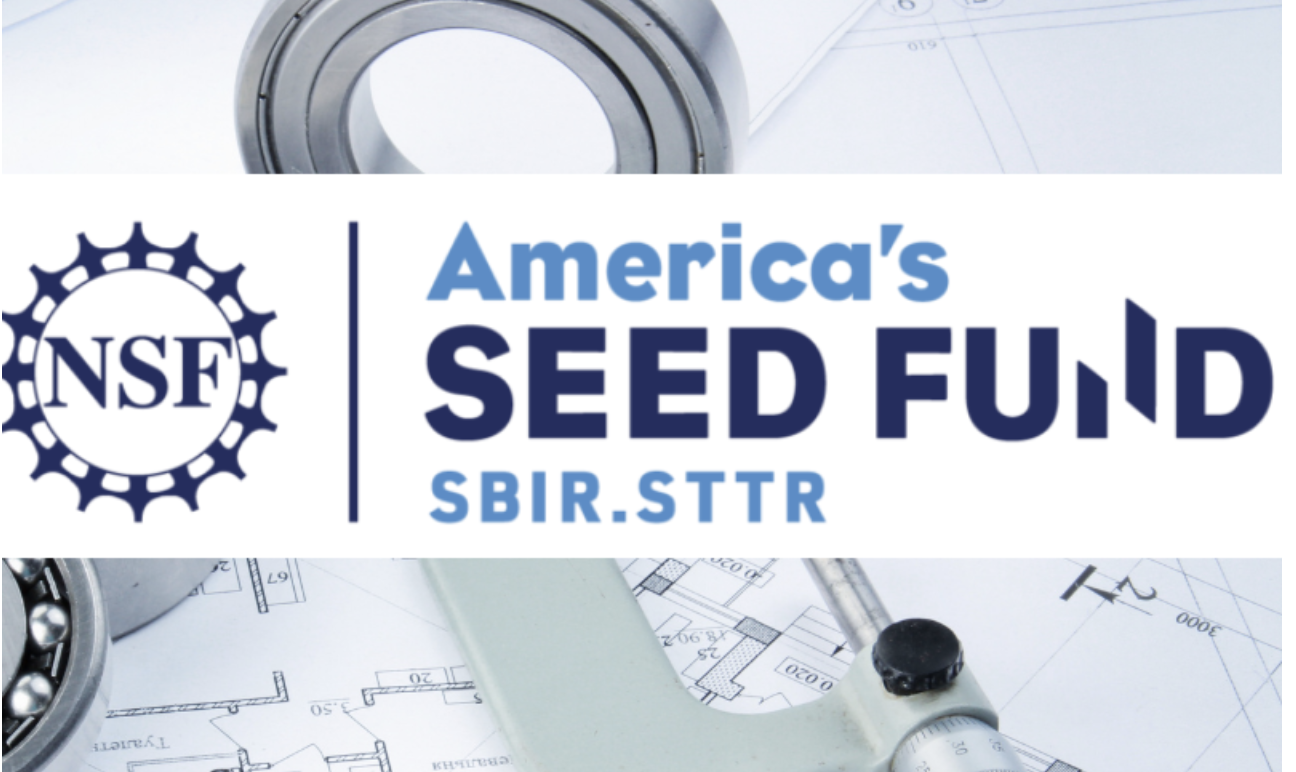In a Quick Chat earlier this month, the Senior Program Director for SBIR/STTR programs at the NSF – Ben Schrag – shared a few best practices for preparing commercialization plans.
Before I jump right into a discussion about some of these tips and pitfalls, let’s remember the big picture. SBIR/STTR funding agencies look at their awards as commercial opportunities, and the impacts they are looking for are only realized when the companies they are funding are commercially successful. If that seems to you like the perspective of a private investor rather than the federal government, you got it right.
Market opportunity, customer traction and the team – these are universal things reviewers look for in evaluating proposals for commercial potential. And, of course, in making final decisions about what gets funded.
For Phase I, a full commercialization plan isn’t really called for. This is because about 80% of applicants are companies that are less than two years old, and they are often still validating their business models. According to Schrag, companies don’t need to show how they are going from point A to point B at this stage. However, they do need do demonstrate there is a point B. Who are the customers? What problem is the company solving for them? What are the competitive advantages?
On the other hand, a full commercialization plan is required for Phase II, and it’s no accident that the format looks like an investor pitch. One part that foils many applicants is the Finance and Revenue Model section. Although making reasonable estimates for this section is important, Schrag advises that it is even more important for entrepreneurs to provide a window into their thought process. Business conditions are bound to change. Reviewers want to understand the company’s decision makers and trust that they can adapt should their five-year plan go astray.
No matter which phase, most commercialization plan weaknesses are the result of not doing your homework into the market. Schrag sums it up this way, “If you haven’t shown that there is actually a customer who cares about what you are building, that is a fatal flaw for your company. That is how most companies fail in our portfolio.”
Resources:
- Quick Chat with Ben Schrag
Request a Meeting with CTC
We are Wisconsin’s no-cost SBIR/STTR Support Organization.

